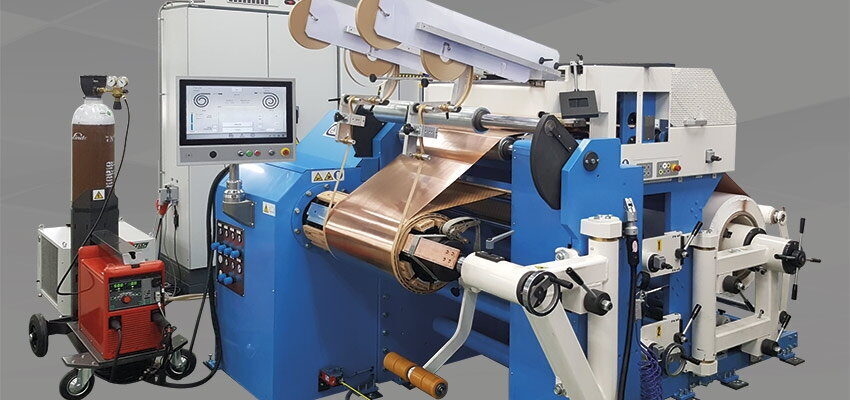
Winding machines for Industry 4.0
Regional requirements for transformer design (Localized transformer design) Looking at the global energy consumption map, the world could be divided into high energy consumption regions,...
byLAE

Regional requirements for transformer design (Localized transformer design)
Looking at the global energy consumption map, the world could be divided into high energy consumption regions, such as Europe, North America, the Gulf Region, China and Russia, where energy consumption is very high, and low energy consumption regions such as Africa, where many do not even have access to electricity. Consequently, the transformer design requirements for these two types of the market are also different. Generally speaking, the technical specifications that are important for high consumption areas are high efficiency (low load- and no-load losses) and long service life (high quality) considering that low-loss and long-lasting transformers decrease the maintenance and reinvestment expenses of distribution utilities in these regions. This is reflected in the fact that a few years ago entire Europe shifted to Eco-Design Directive targeting to reduce transformer losses across EU power systems by 20%.
On the other hand, transformer design for low consumption regions focuses on long service life rather than low losses because their first priority is to provide access to electricity. In brief, the key design parameters for quality transformers around the globe are high efficiency and long service life.
In addition to these, over the past few years we have also seen an increased effect of local factors on technical specifications in different countries. For example, clients in northern Europe and countries such as Norway and Finland, which face severe thunderstorm seasons each year, request extra protection from lightning from their transformer suppliers. Another example are countries like Ireland, where thickness of paint is the most important specification due to high humidity level. On the other hand, in Palestine and some of the Middle East countries, where the power system quality is quite poor, high quality transformers are used in an attempt to compensate for the poor quality of the power system, which often lacks protection devices, so transformers themselves need to be sufficiently resistant. In particular, transformers there are required to have high quality insulation, so in design specifications attention is paid even to insulation distances inside the transformer.
In Palestine, for example, there are two key drivers for using safe transformers. Firstly, the case there is that the energy is provided to one side of the city for one half of the day and to the other for the other half. This means that the transformers are switched on and off more than two times a day and each time this happens they are subjected to impulse voltage stresses. Therefore, these transformers are required to have a sufficient insulation level. Secondly, there are certain local conditions which concern maintenance and service-life limitations, which further affect the design. For example, in their technical specifications they require that the transformers are of a specified height to be able to perform the maintenance locally and easily.







